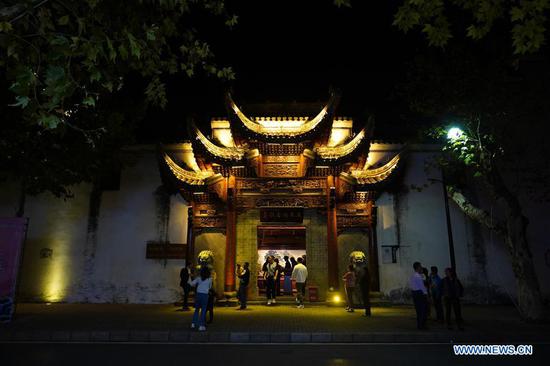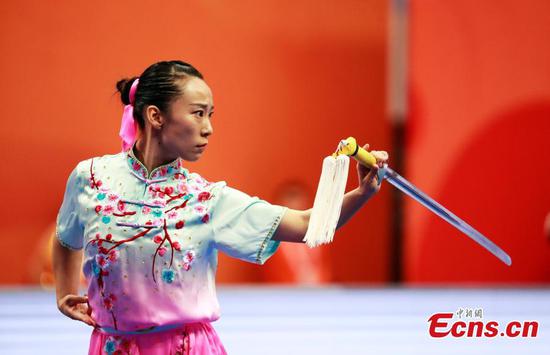He attributes the dance style's increasing popularity to the country's economic development.
Wealthier Chinese are more willing and able to afford to learn foreign dance styles and the cultures associated with them, he believes.
"Most importantly, swing enables relaxed face-to-face-and even heart-to-heart-interactions in an age where young people spend too much time on social media," Zeng says.
"It may also help people to overcome their social fears."
Zeng believes swing dance, especially the lindy-hop couples' style, is more than just about movement. It's also about feeling and interpreting the music, self-expression and responding to a partner's timing and style.
Shi agrees. He learned international-style ballroom dancing for 12 years from the age of 6, and started competing in several domestic dance sport contests at a young age.
Compared to international ballroom dancing that often requires learners to obtain a higher degree of physical vigor, Shi explains, swing dance features impromptu moves that are likely to release him of daily pressures.
"I've found greater release in swing dance's impromptu motions," Shi says.
Some swing dancers have even made a career out of the pastime.
Beijinger Yu Yifan has gone from being a beginner to become a full-time teacher over the past two years.
The 32-year-old Beijinger found a good banking job as suggested by his parents after graduating from university in Australia and returning to his hometown.
But he didn't know what he really wanted to do.
"As a bank account manager, I felt like an outsider," Yu recalls.
"I felt bored a lot when I had to frequently mingle with clients after work."
He found a sense of belonging when he joined a class at Cat's Corner in 2017.
"I had to dance in sync with different partners," he says.


















































